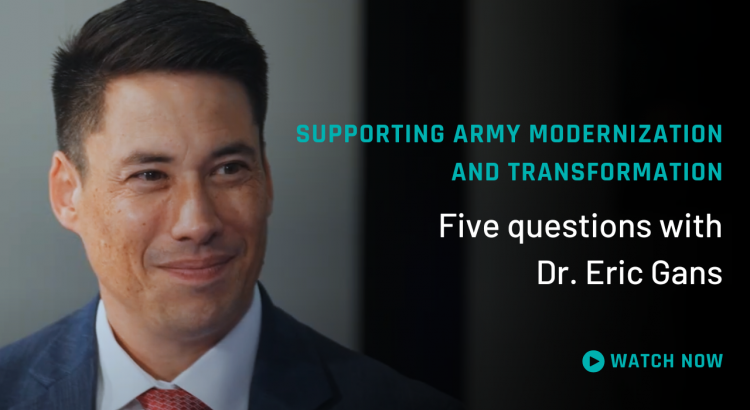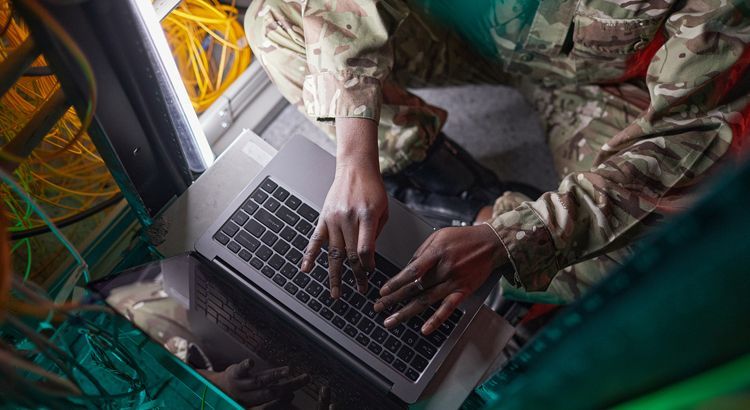BLOG MENU


Solving security, integration and system performance challenges for today’s – and tomorrow’s – Air Force
Mercury Systems
March 10, 2022
Share This Post
Recorded live at the Air Force Association’s Aerospace Warfare Symposium #AWS22 in Orlando, FL, watch this MercuryNOW vodcast with Tad Ihns, director of business development, as he discusses the high-performance mission computers, encryption technologies, and open scalable solutions Mercury is bringing to aircraft and the pilots who fly them.
- Read our blog about safety-certification technology collaboration
- Learn more about our aviation and mission computing products






 Why SOSA® is driving the future course of embedded military electronics
Why SOSA® is driving the future course of embedded military electronics The future of Microelectronics at Mercury
The future of Microelectronics at Mercury